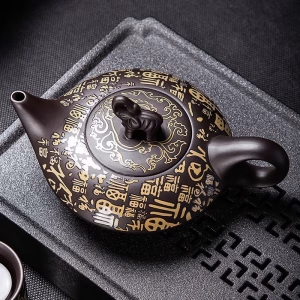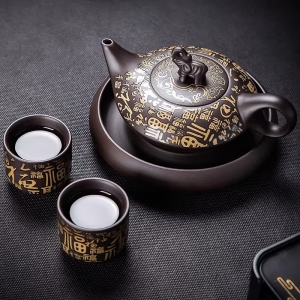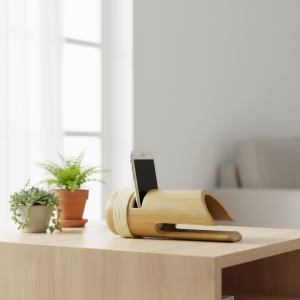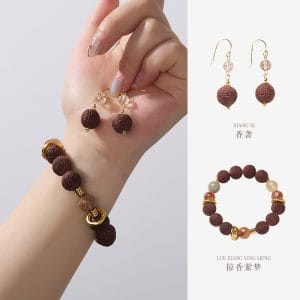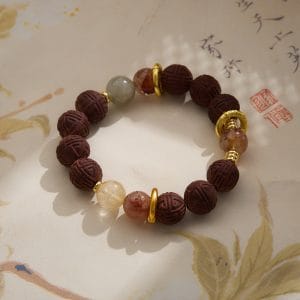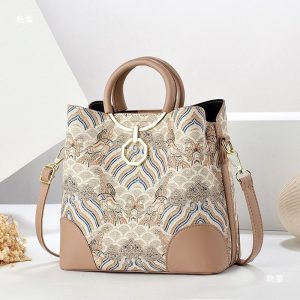Background
There’s something undeniably inviting about rattan furniture that transcends trends and decades. Whether it’s a cozy chair on a sunlit porch or an elegant dining set in a modern apartment, rattan brings a touch of organic warmth and texture that few other materials can match. Its woven patterns and natural hues evoke a sense of relaxation and connection to the outdoors, making it a perennial favorite among homeowners and interior designers alike. Unlike mass-produced plastic or metal furniture, rattan pieces often carry a story of craftsmanship and natural origin, adding depth and character to any space they inhabit.

Why It Matters
Rattan is often confused with wicker, but they are not the same. Wicker refers to the weaving technique, while rattan is the material itself—a solid, vine-like species of palm that grows in tropical regions of Africa, Asia, and Australia. This distinction is important because rattan’s strength and flexibility make it ideal for furniture that is both durable and aesthetically pleasing. The process of harvesting and crafting rattan involves skilled artisans who strip, steam, and weave the cane into intricate patterns, resulting in pieces that are as functional as they are beautiful. This blend of natural resilience and human artistry is what sets rattan apart from synthetic alternatives.
One of the most appealing aspects of rattan furniture is its versatility. It seamlessly fits into a variety of design styles, from bohemian and coastal to mid-century modern and minimalist. A rattan armchair can add a rustic charm to a farmhouse kitchen, while a sleek rattan pendant light might become the focal point of a contemporary living room. Designers often use rattan to introduce texture and visual interest without overwhelming a space, thanks to its open weave and neutral tones. It pairs wonderfully with other materials like linen, cotton, wood, and even metal, allowing for endless creative combinations in home decor.
According to a recent study published in the Journal of Sustainable Interior Design, rattan furniture is gaining popularity not only for its aesthetic appeal but also for its environmental benefits. The research highlights that rattan grows rapidly and can be harvested without killing the plant, making it a highly renewable resource compared to slow-growing hardwoods. Additionally, traditional rattan cultivation often supports biodiversity in tropical forests and provides livelihoods for local communities. This sustainable profile resonates with today’s eco-conscious consumers who seek to make responsible choices without compromising on style or quality.
Beyond sustainability, rattan furniture offers practical advantages that contribute to its longevity. The material is naturally resistant to moisture and temperature changes, making it suitable for both indoor and outdoor use. With proper care—such as occasional cleaning and avoiding prolonged direct sunlight—rattan pieces can last for decades, often developing a rich patina that enhances their character over time. Many vintage rattan items from the mid-20th century are still in use today, a testament to their durability and timeless design. This endurance makes rattan not just a purchase, but an investment in lasting beauty.
In recent years, modern manufacturing techniques have expanded the possibilities for rattan furniture, blending traditional craftsmanship with contemporary design sensibilities. Designers are experimenting with new forms, finishes, and combinations, such as powder-coated rattan in bold colors or mixed-material pieces that incorporate glass or marble. These innovations ensure that rattan remains relevant and exciting, appealing to a new generation of homeowners who value both heritage and innovation. Social media platforms like Pinterest and Instagram have also played a role in revitalizing interest, showcasing rattan in stylish, aspirational settings that inspire decor enthusiasts worldwide.
When selecting rattan furniture, it’s important to consider quality and authenticity. Genuine rattan should feel sturdy and well-constructed, with even weaving and smooth finishes. While synthetic rattan look-alikes are available and often more affordable, they lack the natural variation and eco-friendly credentials of the real thing. For those seeking authenticity, looking for pieces labeled as handwoven or sustainably sourced can ensure you’re getting a product that supports ethical practices and traditional skills. Whether you’re furnishing a entire room or adding a few accent pieces, rattan offers a unique blend of beauty, functionality, and conscience that few other materials can match.
You may also like
Aladdin’s Lamp Heat-Change Purple Clay Tea Pot
Original price was: $108.00.$78.00Current price is: $78.00. Add to cartHandwoven Zhuang Brocade Tote Bag – Large-Capacity Boho Shoulder Bag
Original price was: $178.00.$154.00Current price is: $154.00. Add to cartAncient Craftsmanship & ICH Herbal Beads Bracelet with Yellow Citrine & Silver Filigree Cloud-Patterned Luck-Boosting Beads
Original price was: $128.00.$89.00Current price is: $89.00. Add to cartBambooSoundBoost Portable Amplifier
Original price was: $96.00.$66.00Current price is: $66.00. Add to cartAncient Craft Herbal Scented Bead Bracelet with Gold Rutile Quartz, Paired with Sterling Silver (925) Hook Earrings
Original price was: $322.00.$198.00Current price is: $198.00. Add to cartGuangxi Zhuang Brocade Handmade Tote – Ethnic Boho Large-Capacity Shoulder Bag
Original price was: $172.00.$150.00Current price is: $150.00. Add to cart


